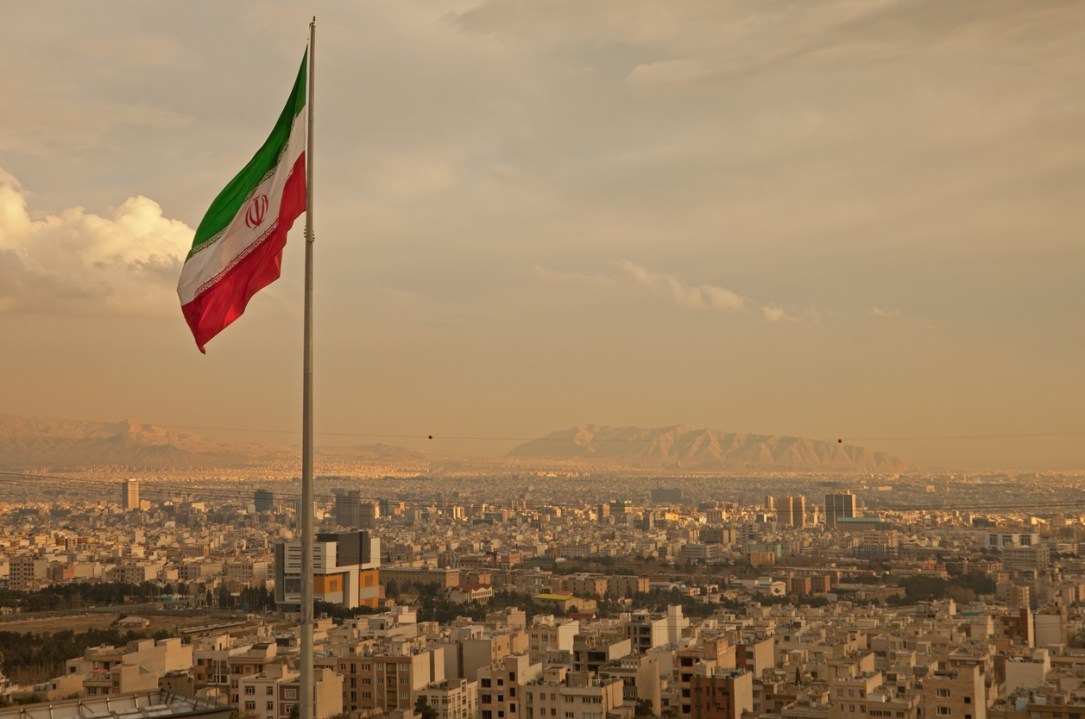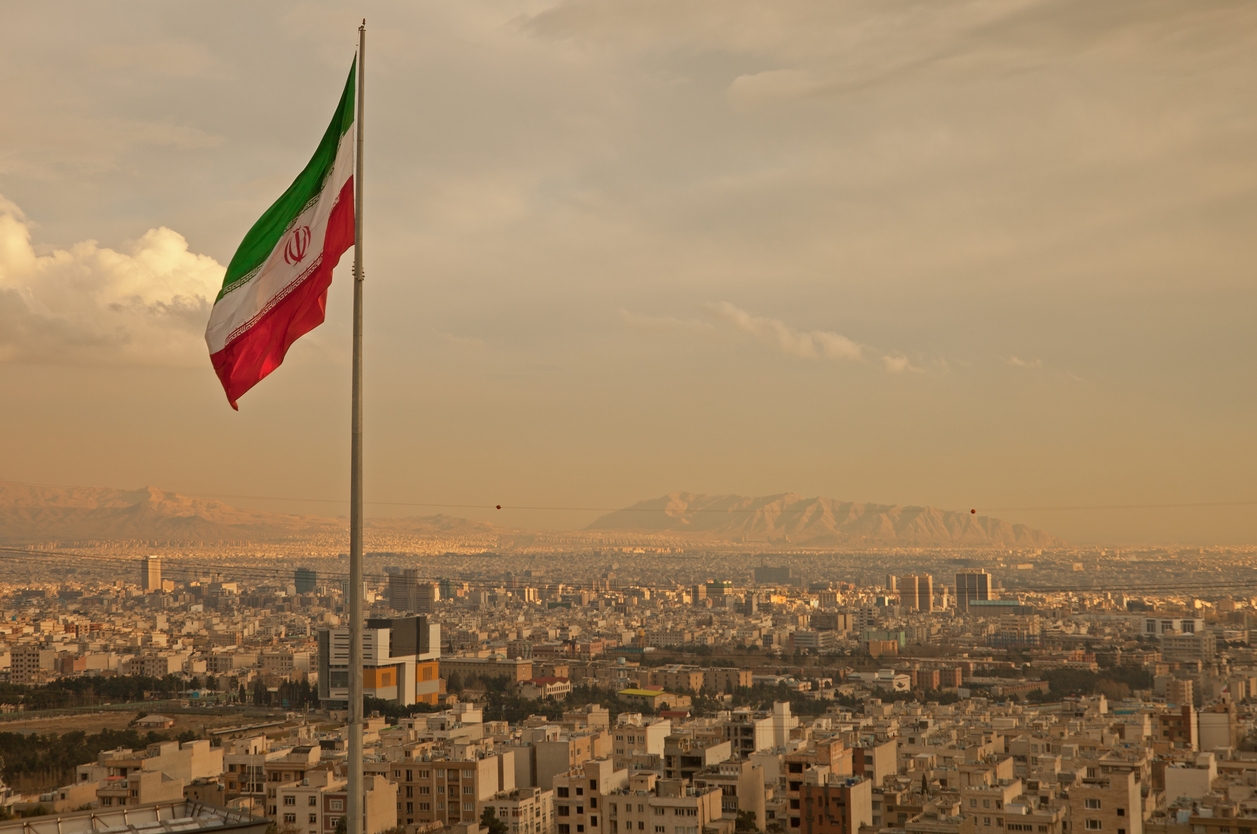What does the world’s foremost Shia power and the most notorious Sunni terror group have in common? Given that the two great branches of Islam rarely see eye to eye, the layman would be forgiven for thinking that the answer is ‘not much’.
It isn’t just the layman who has concluded that Iran and Al Qaeda are oil and water either. When reporting on the assassination of an Al Qaeda chief in Tehran last year, the New York Times remarked: ‘That he had been living in Iran was surprising, given that Iran and al-Qaeda are bitter enemies.’
Surprising to the New York Times, perhaps. But not surprising to the intelligence community, which has been tracking the development of this dangerous collaboration for 30 years.
In a speech on Tuesday, US Secretary of State Mike Pompeo made the relationship public. ‘Unlike in Afghanistan, when Al Qaeda was hiding in the mountains, Al Qaeda today is operating under the hard shell of the Iranian regime’s protection,’ he said at the National Press Club in Washington, DC. ‘Iran and Al Qaeda’s divergent theology is no match for its convergent hatred.’
Pompeo’s speech was powerful and it was true. At the same time, however, the real picture is rather more complicated. Iran and Al Qaeda’s ideological differences are too bitter, and their mistrust too acute, for them to be allies. But their common enemies mean they have been thrust together in a campaign against the West.
The relationship began in the nineties, when Al Qaeda was a young jihadi movement taking its first steps in Sudan. At the time, Iran was pursuing its own interests in the country. The two sides met and began to collaborate, bringing their own strengths to the table.
For the first time, jihadists look set to gain access to the full intelligence resources of a major nation state
Tehran embarked on its customary model of patronage. Within a few years, Al Qaeda operatives were being trained by Iran-backed Hezbollah in the Beqaa Valley in eastern Lebanon.
In 1995, Al Qaeda mounted a car bomb attack on a military base in Saudi Arabia, killing five Americans. The following year, in the east of the country, Iran massacred 19 US airmen with a truck bomb. Many in the intelligence community believe that these two atrocities – just seven months and 260 miles apart – were joint operations.
It would be a mistake to list Al Qaeda among the scores of proxy militia that obediently advance the Ayatollah’s interests in the region. Despite Tehran’s expectations, Al Qaeda has never bent the knee.
In a letter by Bin Laden, found by the Navy Seals who killed him, he wrote: ‘Iran is our main artery for funds, personnel, and communication… There is no need to fight with Iran unless you are forced to.’ These may have been the words of a junior partner, but they were far from the words of a subservient one.
After 9/11, when American forces routed Afghanistan and scoured the caves of Tora Bora, Al Qaeda went from treating Iran as a patron to needing it urgently as a refuge. Senior figures in the terror group – including members of the Bin Laden family – eventually fled to safety in Tehran. These included Osama’s favourite son, Hamza, and Abdullah Ahmed Abdullah, who is believed to have planned the 1998 US embassy bombings in Kenya and Tanzania which killed 200 people (and who was assassinated in Tehran last year).
From the beginning, Iran’s attitude towards the Al Qaeda émigrés was to ‘keep your enemies close’. The regime held the terrorists under constant surveillance and imprisoned them on several occasions.
The tension stemmed largely from Al Qaeda’s demand for operational independence. Iran wanted total supervision of all aspects of the group’s affairs, and this led to friction. Ultimately, however, Iran had the upper hand and naturally turned the relationship to its advantage.
In 2013, the Iranian diplomat Nour Ahmad Nikbakht was kidnapped by Al Qaeda in Yemen. He was freed two years later in shady circumstances. Some intelligence sources believe that Iran had retaliated by locking up five senior Al Qaeda figures in Tehran, forcing a prisoner exchange.
These were hardly the actions of friends. But over time, Iran accepted that Al Qaeda was not like Hezbollah, Palestinian Islamic Jihad or its countless other client militia peppered across the region. Al Qaeda would never be subservient. But the Sunni group could be useful in other ways.
The pivot came in 2015, when Al Qaeda was given the freedom to operate from Iran as it had done previously in Afghanistan. Tehran started to offer practical support to the group and provided ID cards and passports. As a result, Al Qaeda’s centre of gravity shifted to the theocracy, where its top lieutenants are now based.
For the terror group, the advantages of the move were numerous. Unable to harass Al Qaeda’s leadership any longer, the US was reduced to fighting its foot soldiers in Yemen. And the Americans found it difficult to monitor the group’s operations.
With Tehran’s help, the Sunni group became able to recruit new jihadists in Syria, make common cause with Al Shabaab in Somalia, and ramp up attacks in Libya, Yemen, the Maghreb and Bangladesh.
As Pompeo warned, Iranian logistical support may also enable Al Qaeda to enter Europe and set up new versions of the Hamburg cell, which played a key role in the 9/11 attacks.
Recent Israeli-Arab peace deals are causing Tehran and Al Qaeda’s interests to converge even more sharply. Analysts fear that Al Qaeda may intend to demonstrate that despite being thinly spread, audacious attacks remain within its capabilities. This may involve targeting Arab states, to pressure them away from peace with Israel; or attempted attacks in Western countries.
These operations would be squarely in the interests of Tehran. Not only would frustrating the Arab-Israeli relationship be a strategic victory, Al Qaeda’s involvement would allow the Ayatollah to shirk the blame, avoiding unpleasant repercussions.
There is no doubt that this heightened Shia-Sunni collaboration is bad news. For the first time, jihadists look set to gain access to the full intelligence resources of a major nation state, to accomplish joint aims. This is nothing short of chilling.
It must be said that Pompeo’s speech was at least partly politically motivated. These are Donald Trump’s twilight days, and he is keen to leave the Middle East in his mould. As such, he will do what he can to frustrate any potential friendship between his successor and Iran.
This is an objective, however, that many in the region support. Al Qaeda is just one of the tentacles that stretch from Tehran in a stranglehold across the Middle East.
The Trump administration did not hesitate to recognise and confront that threat. As his term draws to a close, many nervous leaders are praying that Biden enters the Oval office with his eyes open.








Comments